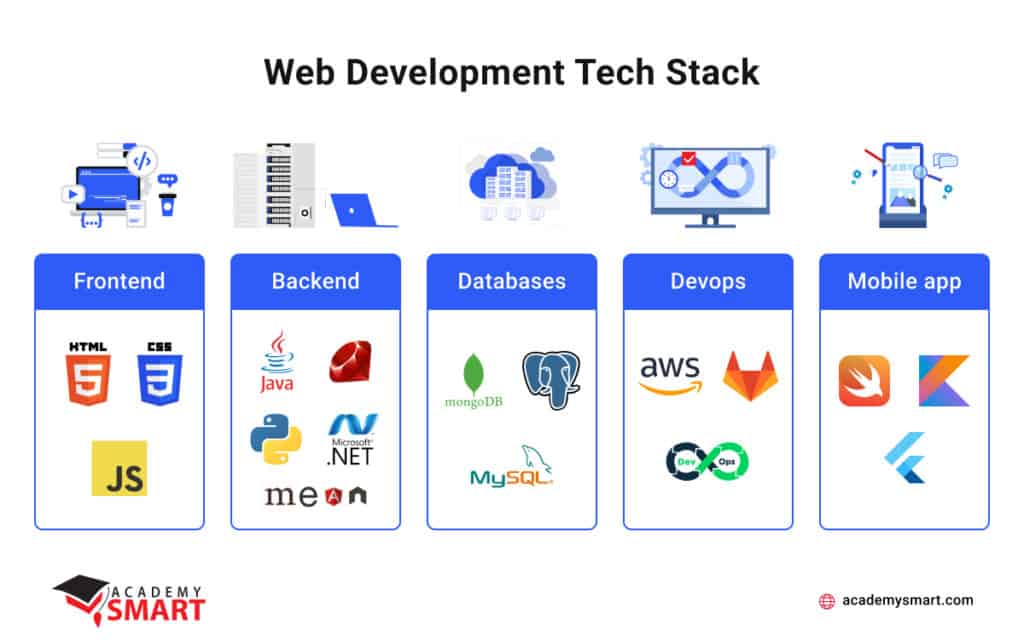Introduction to Doorstep Banking Services
Imagine a world where banking services are just a doorstep away. No more long queues, no more rushing to the bank before closing time. With the rise of doorstep banking services, this dream is becoming a reality for many people across various regions. But what’s driving this transformation? The answer lies in digital technology.
As we step into an era defined by rapid advancements in tech, traditional banking methods are being reimagined. Digital technology is powering doorstep banking like never before, offering convenience and personalized service that meets the demands of today’s consumers. This shift isn’t just about making transactions easier; it’s about enhancing financial inclusion and ensuring everyone has access to essential services right at their doorsteps.
Let’s dive deeper into how digital innovations are shaping this new frontier in banking and discover why they matter now more than ever.
Advancements in Digital Technology for Banking Services
The landscape of banking has transformed significantly due to advancements in digital technology. Mobile applications now allow customers to access their accounts anytime, anywhere. This convenience is a game-changer for many.
Artificial intelligence plays a crucial role too. Chatbots provide instant support, resolving queries without human intervention. They enhance customer experience by being available 24/7.
Blockchain technology has also made waves in the financial sector. It offers enhanced security and transparency for transactions, reducing the risk of fraud.
Moreover, data analytics empowers banks to understand customer behavior better. Personalized services are becoming more common as institutions tailor offerings based on individual preferences.
These innovations are not just enhancing traditional banking; they’re redefining how we perceive financial services altogether. As digital tools evolve, so does our relationship with money and banking institutions.
Benefits of Doorstep Banking Services
Doorstep banking services bring convenience directly to customers’ homes. This eliminates the need for long queues at traditional bank branches. Clients can manage their finances without the hassle of traveling.
Accessibility is another key benefit. Individuals with mobility issues or those living in remote areas can easily access banking services. This inclusivity ensures that everyone has a chance to engage with financial products.
Personalized service is also a significant advantage. Bank representatives visit clients, offering tailored solutions based on individual needs and preferences. This approach fosters trust and enhances customer satisfaction.
Moreover, doorstep banking saves time. Customers can schedule appointments according to their availability, making financial transactions fit seamlessly into their lives.
The integration of digital technology further amplifies these benefits, providing real-time updates and secure transactions right at the doorstep.
Challenges Faced by Traditional Banks
Traditional banks face numerous challenges in the rapidly evolving financial landscape. One major issue is adapting to changing customer expectations. With a rise in digital technology, consumers now demand convenience and speed, often leading to frustration with slow services.
Another significant challenge is the competition from fintech startups. These agile companies leverage advanced technology to offer innovative solutions that traditional banks struggle to match. This has resulted in a shift of customers towards more tech-savvy alternatives.
Regulatory pressures also weigh heavily on established institutions. Compliance with ever-changing regulations can be cumbersome, diverting resources away from innovation.
Maintaining cybersecurity remains a constant battle for traditional banks. As they enhance their digital offerings, they become more vulnerable to cyber threats, which can compromise customer trust and security.
Case Studies: Successful Implementation of Doorstep Banking Services
Several banks have successfully implemented doorstep banking services by leveraging digital technology.
For instance, a leading bank in India introduced an app that connects customers with local agents for on-site transactions. This initiative not only increased customer engagement but also streamlined operations.
In another case, a microfinance institution in Kenya utilized mobile technology to reach underserved communities. Their agents equipped with tablets could complete loan applications and disburse funds directly at the customer’s location.
These examples demonstrate how innovative approaches can enhance accessibility and convenience in banking services. By utilizing digital tools, banks are redefining customer experiences while ensuring financial inclusion in remote areas.
As more institutions recognize these benefits, the trend towards doorstep banking is likely to accelerate. Each successful implementation showcases the potential of merging traditional service models with cutting-edge technology.
The Future of Doorstep Banking with Digital Technology
The future of doorstep banking is bright, driven by innovative digital technology. As banks embrace mobile apps and secure online platforms, customers can access services from the comfort of their homes.
Imagine scheduling a cash withdrawal or updating account details at your convenience. This level of accessibility transforms how people interact with financial institutions.
Artificial intelligence plays a pivotal role as well. AI-driven chatbots provide instant support, answering queries around the clock. Real-time data analytics help banks tailor services to individual needs.
Moreover, biometric security measures enhance safety in transactions. Customers can feel confident knowing their personal information is protected through advanced authentication methods.
With expanded internet connectivity, even remote areas won’t be left behind. Doorstep banking will become more inclusive, reaching underserved communities effectively.
As these technologies evolve, they will reshape not just banking practices but also customer experiences fundamentally.
Conclusion
Digital technology is transforming the way we think about banking services, especially with the rise of doorstep banking. This innovative approach means that financial institutions can reach customers in ways never seen before. By harnessing advancements in digital tools and platforms, banks are making their services more accessible.
Doorstep banking eliminates barriers for many individuals who may struggle to visit a physical branch. Whether it’s due to mobility issues or time constraints, this service ensures everyone has access to essential banking functions right at their doorsteps. The benefits extend beyond convenience; they also promote financial inclusion.
However, traditional banks face challenges adapting to these new models. They must rethink how they operate while addressing concerns regarding security and efficiency during direct transactions with clients.
Various case studies demonstrate how effective implementation can lead to significant success stories across different regions. These examples show that when digital technology is properly utilized, it not only enhances customer satisfaction but also builds trust in financial systems.
As we look ahead, the potential for doorstep banking powered by digital technology appears limitless. Institutions will likely continue exploring innovative solutions that cater directly to consumer needs while navigating the complexities of modern finance.
The ongoing evolution of both technology and customer expectations promises an exciting future for doorstep banking services as they become integral components of our daily lives.





